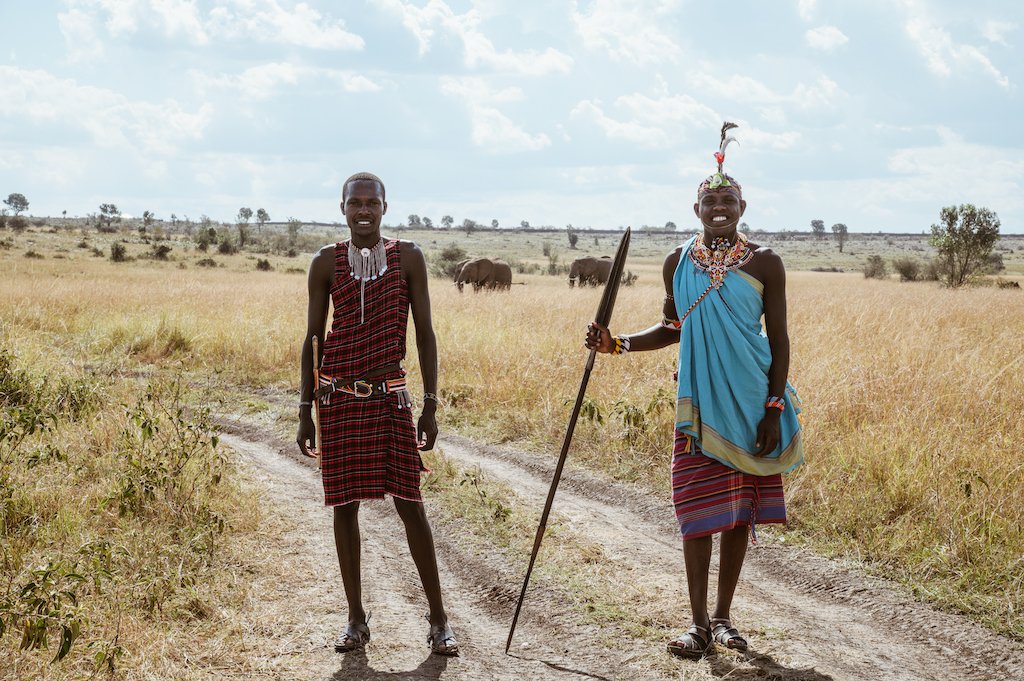
Walking Safaris
Africa, the birthplace of humanity, invites adventurers to explore its wilds authentically through walking safaris. By stepping out of vehicles, visitors connect directly with the ancient landscape, experiencing the earth's rhythms and nature's sounds up close. These safaris traverse diverse terrains, from vast savannahs to dense forests and along rivers, offering an intimate view of the continent's rich ecosystems. Guided by experienced local trackers and rangers, participants safely explore the natural world, learning about wildlife behaviour, bush signs, and indigenous knowledge. Walking safaris provide more than encounters with Africa's iconic animals; they're an immersive journey of understanding and respect, leaving lasting impressions on the heart and soul. It's a raw, unfiltered, and deeply moving way to experience Africa's wilderness and bond with nature in a unique and memorable way.
Check out our dedicated walking safari website by clicking the button below.
Group Walking Safaris
Women’s Walking Safari, Kenya
Hey there, adventurous ladies! We've cooked up something special just for you. Kick off with three days diving into the wonders of the Maasai Mara, getting up close with its amazing wildlife. Then, lace up for a three-day trek through the stunning landscapes of the Great Rift Valley. Wrap up the journey with a two-day chill session in the serene Shompole Wilderness, where fun activities are aplenty. This handpicked route is filled with must-see moments. We can't wait to share this awesome Kenyan experience with you!
Dates:
18th - 26th October 2024
14th - 23rd June 2025
Price: £5490 per person per person based on two sharing
Single supplement available.
Itinerary:
3 nights Maasai Mara
3 nights walking the Great Rift Valley
2 nights Shompole Wilderness
Patience is Key: Wildlife is unpredictable. Spend ample time in one spot and wait for the perfect moment, rather than constantly moving around.
Golden Hours: The best light for wildlife photography is during the early morning and late afternoon, known as the golden hours, when the sun casts a soft, warm hue.
Understand Your Subject: Research the species you're hoping to photograph. Knowing their habits, feeding times, and mating rituals can help anticipate their actions.
Use the Right Gear: A good DSLR or mirrorless camera paired with a telephoto lens is typically essential. Consider a tripod for stability, especially with heavy lenses.
Eye-level Shot: Get down to the eye level of the animal for a more intimate and engaging shot. This perspective creates a deeper connection between the subject and the viewer.
Focus on the Eyes: An animal's eyes are expressive. Ensure they're sharp and in focus to capture the soul of the creature.
Capture Behavior: A static image of an animal can be beautiful, but capturing a unique behavior (like hunting, playing, or interacting with others) can be more compelling.
Composition Matters: Use techniques like the rule of thirds, leading lines, and framing. Also, consider the background – a blurry, unobtrusive background can make your subject pop.
Practice Ethical Photography: Prioritize the well-being of the animals. Don't bait or stress them, and always maintain a safe and respectful distance.
Post-processing: Even the best shots can benefit from some tweaks. Learn to use software like Lightroom or Photoshop to enhance colors, sharpness and crop your images.
Remember, wildlife photography is as much about the experience and connection with nature as it is about the final image. Enjoy the process, and with time and practice, the results will follow!

